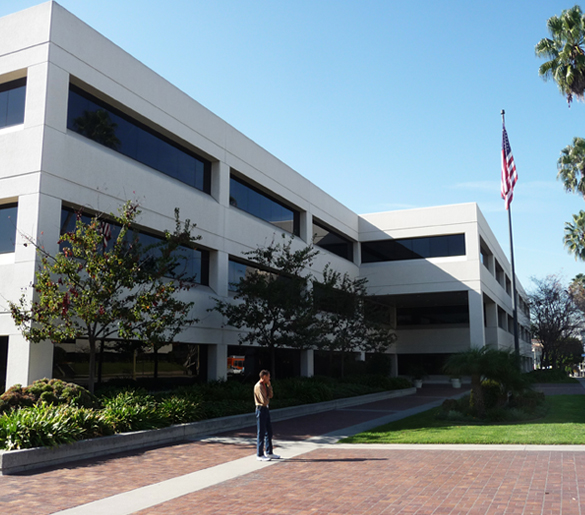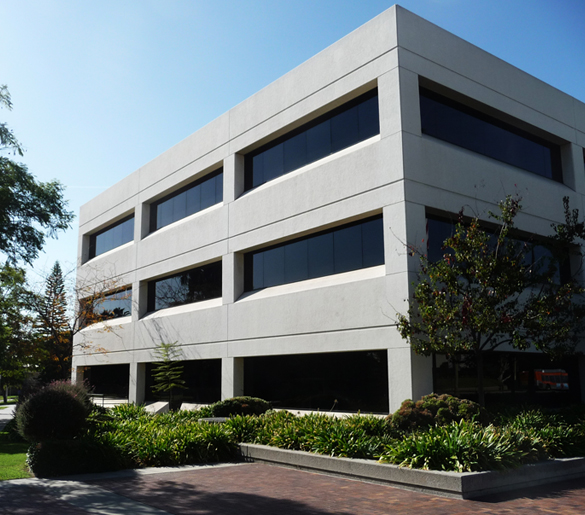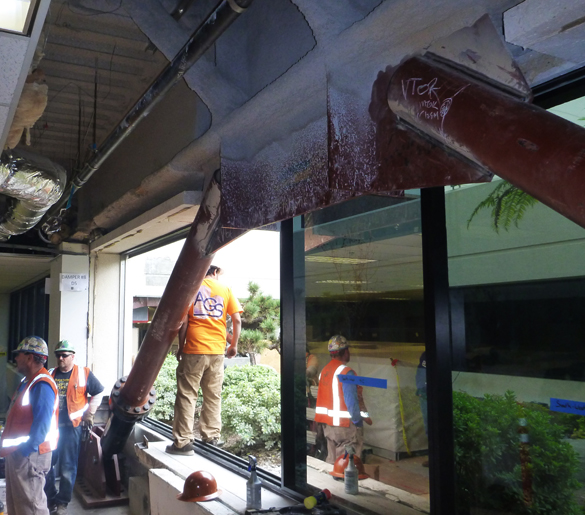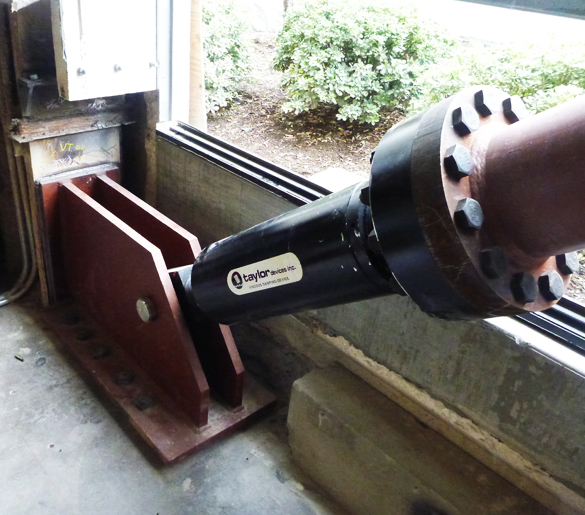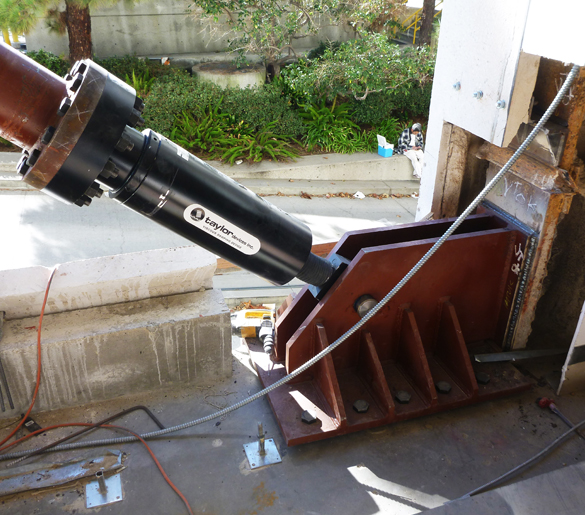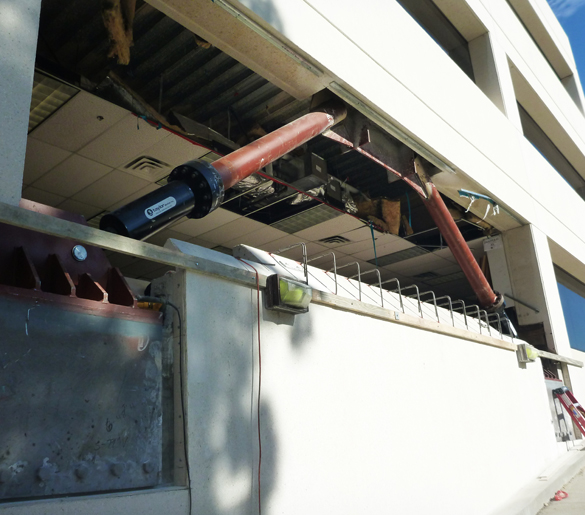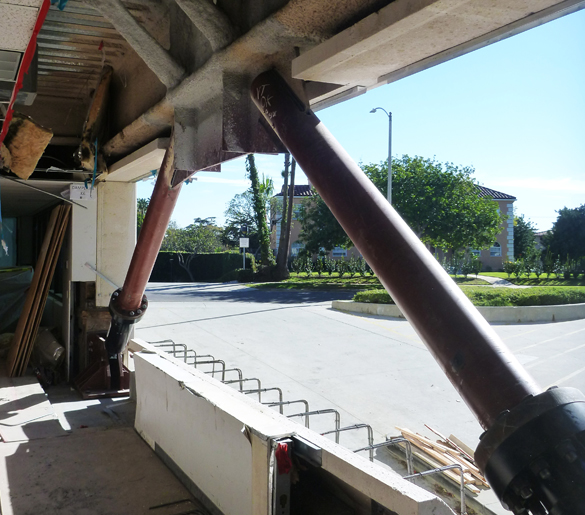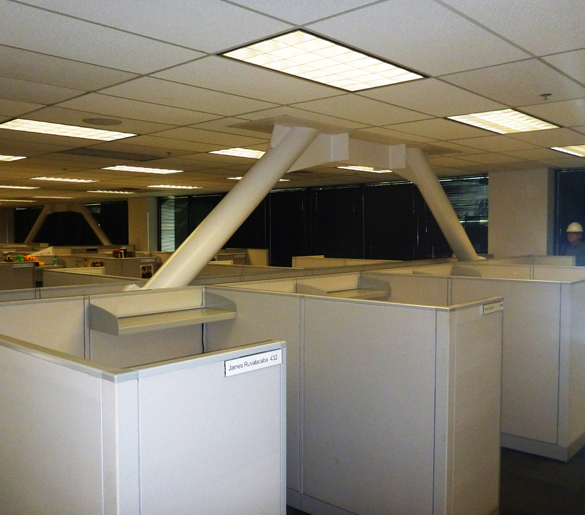FARMERS INSURANCE ANNEX II OFFICE BUILDING
LOCATION
Los Angeles, California
PROJECT
Voluntary Seismic Upgrade of a 1980ís Vintage Pre-Northridge Type Structural Steel Moment Frame Office Building.
SCOPE
This Project involved the use of fluid viscous dampers to seismically-retrofit an existing irregularly-shaped three (3) story office tower above a subterranean parking garage. The client-specific seismic design criteria focused upon improving anticipated seismic performance during the site-specific worst-case, fault-based earthquake scenario.
PROJECT TEAM
Client - Farmerís Insurance Group
Architect - RMTA
General Contractor - Pacific National Group
Construction Manager - DTZ
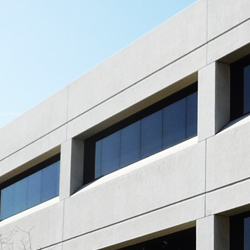
FURTHER DETAILS
The prime concern in the structural design process was to find a cost-effective solution to upgrade the existing Pre-Northridge Type structural steel seismic moment frames without undertaking the costly, labor intensive augmentation of individual lateral force-resisting elements and connections. To limit the impact and encroachment into on lease areas, damper installations were added solely at the Ground Floor and were situated at perimeter wall locations where at all possible. Utilization of 22 fluid viscous dampers grouped into 11 pairs and installed at the ends of brace-like extender elements in chevron configurations significantly increased the overall structural equivalent viscous damping without appreciably affecting the natural periods of vibration of the lateral force-resisting system. Their sole purpose is to absorb and dissipate energy imparted to the structure during earthquake. In doing so, they protect the structural system against seismically induced stress overloads and provide effective inter-story distortion control within acceptable limits during adverse seismic conditions. Depending upon the nature, intensity and characteristics of the earthquake ground motion excitation, the fluid viscous damper retrofit system is designed to be capable of absorbing and dissipating at least two-thirds of the earthquake energy imparted to the structural system and represents a cost-effective solution in significantly improving seismic risk and safety.

